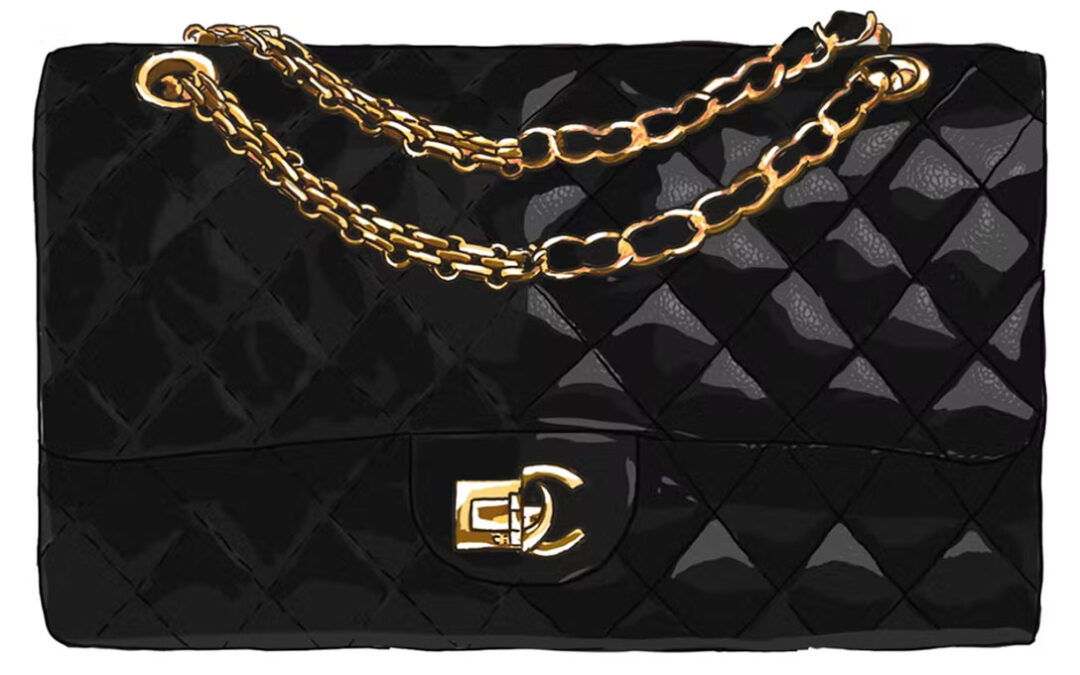
by CRIS&COCO | Feb 9, 2023 | Luxury Industrial Complex
Everything You Need To Know about the most famous accessory in fashion history. One could say that the CHANEL 2.55 is the eighth (fashion) world wonder. Why? Because it is a work of art, making it undoubtedly the most famous accessory in fashion history. But what...

by CRIS&COCO | Feb 7, 2023 | Luxury Accessories
Despite economic uncertainty and digital disruption, luxury brand stalwarts DIOR GUCCI and CHANEL SAINT LAURENT also remain resilient in their leadership. A lot has changed in luxury over the past six months, with Covid restrictions easing in China, corporate...




